Home>Home Appliances>Kitchen Appliances>How To Calibrate An Espresso Machine
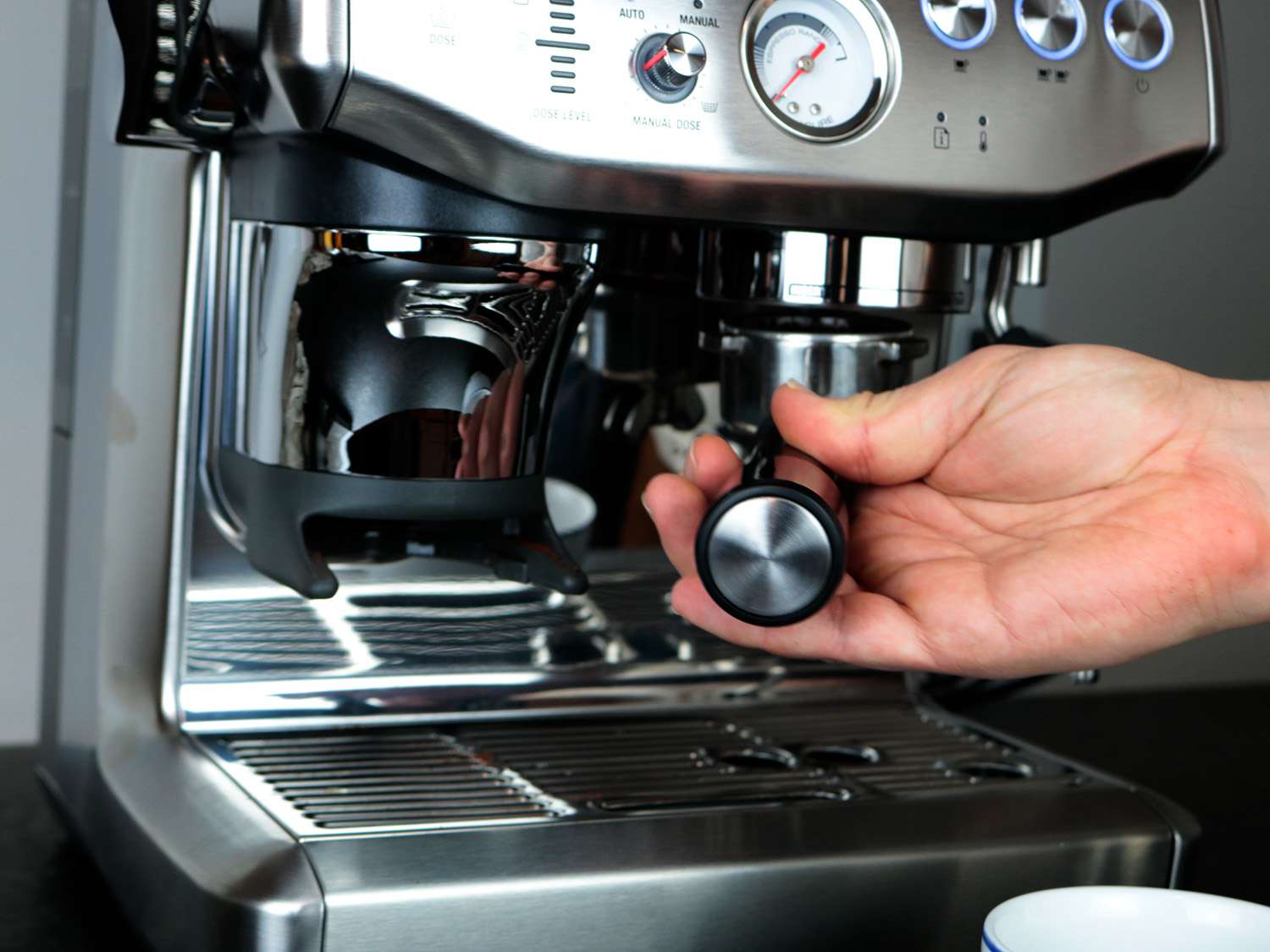

Kitchen Appliances
How To Calibrate An Espresso Machine
Modified: August 27, 2024
Learn how to calibrate your kitchen appliances with our step-by-step guide for espresso machine calibration. Ensure your coffee always tastes perfect!
(Many of the links in this article redirect to a specific reviewed product. Your purchase of these products through affiliate links helps to generate commission for Storables.com, at no extra cost. Learn more)
Introduction
So, you've finally decided to take the plunge and invest in an espresso machine. Congratulations! You're about to embark on a journey that will elevate your coffee experience to new heights. However, owning an espresso machine is just the first step. To truly savor the rich, aromatic goodness of a perfectly brewed espresso, you need to ensure that your machine is properly calibrated.
Calibrating an espresso machine may sound like a daunting task, but fear not! With the right guidance and a bit of practice, you'll be well on your way to pulling the perfect shot of espresso every time. In this comprehensive guide, we'll walk you through the intricacies of espresso machine calibration, providing you with the knowledge and confidence to master this essential skill.
Whether you're a seasoned barista or a home coffee enthusiast, understanding the calibration process is crucial for achieving consistent and delicious results. From adjusting the grind size to fine-tuning the extraction time, every aspect of calibration plays a pivotal role in shaping the flavor and aroma of your espresso.
In the following sections, we'll delve into the nitty-gritty details of espresso machine calibration, equipping you with the tools, techniques, and insider tips to ensure that your machine operates at its full potential. By the end of this guide, you'll not only be able to calibrate your espresso machine like a pro but also gain a deeper appreciation for the art and science of brewing the perfect espresso.
So, grab your favorite coffee mug, roll up your sleeves, and let's embark on this exciting journey to unlock the full potential of your espresso machine!
Key Takeaways:
- Mastering espresso machine calibration is a journey of precision and passion, where adjustments to grind size, water temperature, and extraction time lead to consistently exceptional espresso.
- Embrace experimentation and patience in the calibration process, refining your palate and technical skills to consistently produce espresso that delights the senses and captivates the soul.
Read more: How To Calibrate A Samsung Washer
Understanding Espresso Machine Calibration
Before delving into the practical aspects of calibrating an espresso machine, it's essential to grasp the fundamental principles behind this process. At its core, calibration refers to the meticulous adjustment of various parameters within the espresso machine to achieve optimal extraction. These parameters include grind size, water temperature, brewing pressure, and extraction time, all of which significantly influence the flavor, aroma, and overall quality of the espresso.
One of the key factors in espresso machine calibration is the grind size. The fineness or coarseness of the coffee grounds directly impacts the rate of extraction and the flavor profile of the espresso. A finer grind typically leads to a slower extraction, resulting in a more intense and flavorful espresso, while a coarser grind allows for a faster extraction, yielding a milder flavor profile. Understanding how to adjust the grind size based on the desired flavor characteristics is crucial in achieving the perfect shot of espresso.
Additionally, the water temperature and brewing pressure play pivotal roles in extraction. The ideal water temperature for brewing espresso falls within the range of 195°F to 205°F (90.5°C to 96°C), ensuring proper extraction of the coffee solubles without scalding the grounds. Similarly, maintaining consistent brewing pressure throughout the extraction process is essential for achieving balanced flavors and a rich crema.
Furthermore, the extraction time, or the duration it takes for the espresso to be brewed, significantly impacts the overall flavor profile. A well-calibrated espresso machine will yield a shot that falls within the recommended extraction time of 25 to 30 seconds, striking the perfect balance between acidity, sweetness, and bitterness.
Understanding these foundational aspects of espresso machine calibration sets the stage for mastering the art of pulling the perfect shot. By honing your knowledge of grind size, water temperature, brewing pressure, and extraction time, you'll be empowered to fine-tune your espresso machine with precision, resulting in consistently exceptional espresso.
Now that we've laid the groundwork for understanding espresso machine calibration, let's explore the tools and equipment you'll need to embark on this calibration journey.
Tools and Equipment Needed
Embarking on the journey of calibrating your espresso machine requires the right set of tools and equipment to ensure precision and accuracy. Here's a comprehensive list of essential items that will empower you to calibrate your espresso machine with confidence:
- Quality Burr Grinder: A burr grinder is indispensable for achieving consistent and uniform coffee grounds. Look for a high-quality burr grinder that allows for precise adjustments to the grind size, catering to the specific requirements of your espresso machine.
- Portafilter and Basket: The portafilter and basket are integral components for testing and adjusting the espresso extraction. Ensure that these components are clean and free from any residue or coffee buildup before initiating the calibration process.
- Timer: A reliable timer is essential for monitoring the extraction time during the calibration process. Whether using a digital timer or a stopwatch, having a precise timing mechanism is crucial for achieving consistent results.
- Water Filtration System: High-quality water is paramount for brewing exceptional espresso. Investing in a water filtration system ensures that the water used in the espresso machine is free from impurities and maintains the optimal mineral content for brewing.
- Portafilter Scale: A precision scale designed to fit the portafilter allows for accurate measurement of the coffee dose, ensuring uniformity and consistency in each espresso shot.
- Blind Portafilter Basket: A blind portafilter basket is utilized for backflushing the espresso machine, effectively cleaning the group head and internal components. This is essential for maintaining the machine's performance and hygiene.
- Espresso Machine Cleaning Tools: Various cleaning tools, such as a group head brush and cleaning tablets, are essential for maintaining the cleanliness and functionality of the espresso machine. Regular cleaning is crucial for optimal performance and flavor integrity.
- Adjustable Wrench and Screwdriver: These basic tools are necessary for making minor adjustments to the espresso machine, such as adjusting the brew pressure or performing routine maintenance tasks.
Equipped with these essential tools and equipment, you'll have everything you need to embark on the calibration journey and unlock the full potential of your espresso machine. In the following section, we'll dive into a step-by-step guide to calibrating an espresso machine, empowering you to master this essential skill with precision and finesse.
Step-by-Step Guide to Calibrating an Espresso Machine
Calibrating an espresso machine is a meticulous process that involves fine-tuning various parameters to achieve the perfect extraction. By following this step-by-step guide, you’ll gain the knowledge and confidence to calibrate your espresso machine with precision and consistency:
- Clean and Prepare the Machine: Start by ensuring that the espresso machine is thoroughly cleaned, including the portafilter, group head, and brewing components. A clean machine provides a solid foundation for accurate calibration.
- Adjust the Grind Size: With the machine primed and ready, it’s time to focus on the grind size. Using a quality burr grinder, adjust the grind to achieve the desired fineness, considering factors such as bean freshness, roast profile, and flavor preferences.
- Weigh and Distribute the Coffee: Using a portafilter scale, carefully weigh the coffee dose and distribute it evenly within the portafilter basket, ensuring uniformity for consistent extraction.
- Tamp with Precision: Tamping the coffee grounds with consistent pressure and a level surface is essential for achieving an even extraction. Ensure that the coffee bed is level and compact to promote uniform water flow during extraction.
- Flush the Group Head: Before initiating the extraction, flush the group head to ensure that it is at the proper brewing temperature and free from any residual coffee grounds.
- Initiate the Extraction: Lock the portafilter into the group head and start the extraction process. Use a timer to monitor the extraction time, aiming for a duration of 25 to 30 seconds for the optimal espresso shot.
- Observe the Extraction: Pay close attention to the visual cues during extraction, such as the color and consistency of the espresso flow. Ideally, the espresso should exhibit a rich, honey-like consistency with a velvety crema on top.
- Taste and Adjust: Once the extraction is complete, taste the espresso to evaluate its flavor profile. Take note of any imbalances in acidity, bitterness, or sweetness, and make adjustments to the grind size or extraction time as needed.
- Repeat and Refine: Calibrating an espresso machine is an iterative process. Make incremental adjustments to the grind size, dose, and extraction parameters, repeating the extraction and tasting process until you achieve the perfect balance of flavors and aromas.
By following these step-by-step instructions, you’ll develop a keen understanding of the calibration process and gain the practical skills needed to consistently produce exceptional espresso. However, the calibration journey doesn’t end here. In the next section, we’ll explore the crucial steps for testing and fine-tuning the calibration to ensure that your espresso machine operates at its peak performance.
When calibrating an espresso machine, always start with freshly ground coffee to ensure the most accurate results. Adjust the grind size and brewing time to achieve the perfect extraction.
Testing and Adjusting the Calibration
Once you’ve gone through the initial calibration process, it’s essential to test and fine-tune the settings to ensure that your espresso machine delivers consistently exceptional results. Testing and adjusting the calibration involves a series of deliberate steps aimed at refining the extraction parameters and achieving the perfect balance of flavors and aromas. Here’s how you can methodically test and adjust the calibration of your espresso machine:
- Extraction Time Consistency: Conduct multiple extraction tests to assess the consistency of the extraction time. Aim for a narrow range of 25 to 30 seconds, ensuring that each shot falls within this optimal timeframe for balanced flavors.
- Flavor Profiling: Taste and evaluate the espresso shots to discern the flavor profile. Pay attention to the nuances of acidity, sweetness, and bitterness, noting any deviations from the desired flavor balance.
- Adjusting the Grind Size: If the extraction time is consistently outside the target range or the flavor profile is imbalanced, make incremental adjustments to the grind size. Finer grinds prolong the extraction, intensifying the flavors, while coarser grinds expedite the extraction, resulting in a milder profile.
- Monitoring the Crema: Observe the quality and consistency of the crema produced during extraction. A rich, velvety crema is indicative of a well-calibrated extraction, reflecting the harmonious emulsification of oils and gases within the espresso.
- Temperature and Pressure: Monitor the brewing temperature and pressure to ensure consistency throughout the extraction process. Fluctuations in these parameters can significantly impact the flavor and texture of the espresso.
- Documenting and Refining: Keep detailed records of the adjustments made and the corresponding flavor outcomes. This documentation serves as a valuable reference for refining the calibration over time and achieving greater precision in extraction.
- Seeking Feedback: Encourage others to taste the espresso and provide feedback on the flavor profile. Fresh perspectives can offer valuable insights and help validate the success of the calibration adjustments.
By systematically testing and adjusting the calibration of your espresso machine, you’ll refine the extraction process to consistently produce espresso of exceptional quality. This iterative approach to calibration empowers you to fine-tune the parameters with precision, ultimately unlocking the full potential of your espresso machine. In the subsequent section, we’ll share final tips and considerations to further enhance your calibration journey and elevate your espresso brewing experience.
Read more: How To Calibrate A Washing Machine
Final Tips and Considerations
As you continue your journey in calibrating and perfecting the art of espresso extraction, it’s essential to keep several key tips and considerations in mind. These insights will not only enhance your calibration process but also elevate your overall espresso brewing experience. Here are some final tips and considerations to guide you along this rewarding path:
- Consistent Maintenance: Regularly clean and maintain your espresso machine to ensure optimal performance and flavor integrity. A well-maintained machine is essential for achieving consistent calibration results.
- Bean Freshness: Use freshly roasted and high-quality coffee beans to maximize the flavor potential of your espresso. Freshness plays a significant role in the overall taste and aroma of the brewed espresso.
- Temperature Surfing: Understand the concept of “temperature surfing,” which involves managing the brewing temperature by initiating the extraction at the optimal moment within the temperature cycle, resulting in nuanced flavor development.
- Palate Development: Continuously refine your palate by tasting a variety of espresso profiles. This practice will deepen your understanding of flavor nuances and assist in fine-tuning the calibration to your specific taste preferences.
- Seeking Guidance: Don’t hesitate to seek guidance from experienced baristas or coffee professionals. Their expertise and insights can provide valuable guidance in refining your calibration techniques.
- Embrace Experimentation: Embrace a spirit of experimentation and curiosity in your calibration journey. Making small, deliberate adjustments and observing their impact on flavor will expand your understanding of espresso extraction.
- Patience and Persistence: Calibration is a continuous process that requires patience and persistence. Embrace the iterative nature of calibration, understanding that each adjustment brings you closer to the perfect espresso shot.
- Share the Experience: Share your meticulously crafted espresso with friends and fellow coffee enthusiasts. The joy of brewing exceptional espresso is amplified when shared with others who appreciate the art and science behind it.
By incorporating these final tips and considerations into your espresso machine calibration journey, you’ll not only refine your technical skills but also deepen your appreciation for the intricacies of espresso brewing. Remember that calibration is both a science and an art, and with dedication and a discerning palate, you’ll consistently produce espresso that delights the senses and captivates the soul.
With these insights in mind, you’re well-equipped to embark on a calibration journey that will elevate your espresso brewing to new heights. The culmination of your efforts will be the ability to consistently pull the perfect shot of espresso, each one a testament to your dedication and mastery of the craft.
Conclusion
Congratulations on completing this comprehensive guide to espresso machine calibration! By delving into the intricacies of grind size, water temperature, extraction time, and flavor profiling, you’ve gained a deeper understanding of the art and science behind pulling the perfect shot of espresso. Armed with this knowledge, you’re poised to embark on a calibration journey that will elevate your espresso brewing experience to new heights.
Calibrating an espresso machine is a skill that combines precision, intuition, and a discerning palate. It’s a journey of exploration, experimentation, and continuous refinement, where each adjustment brings you closer to the ideal extraction. Whether you’re a seasoned barista or a home coffee enthusiast, the ability to calibrate an espresso machine empowers you to craft espresso that embodies your unique taste preferences and brewing style.
As you put this knowledge into practice, remember that calibration is not merely about achieving technical perfection but also about infusing each espresso shot with passion and artistry. The ritual of calibration invites you to engage with the nuances of flavor, aroma, and texture, transforming the act of brewing espresso into a deeply rewarding and personal experience.
With the step-by-step guide, essential tools, testing methods, and final considerations at your disposal, you’re well-prepared to embark on this calibration journey with confidence. Embrace the iterative nature of calibration, relish the moments of discovery, and celebrate the subtle victories as you refine your espresso machine to produce consistently exceptional espresso.
Ultimately, the culmination of your calibration efforts will be the ability to savor the rich, aromatic essence of a perfectly brewed espresso, each sip a testament to your dedication and mastery of the craft. Whether enjoyed in solitude or shared with others, each espresso shot will tell a story of precision, passion, and the pursuit of perfection.
Now, armed with the knowledge and insights gained from this guide, it’s time to roll up your sleeves, fire up your espresso machine, and embark on a calibration journey that will unlock the full potential of your brewing prowess. May each shot of espresso you pull be a masterpiece that delights the senses and leaves a lasting impression, reflecting the artistry and expertise you’ve cultivated through the calibration process.
Frequently Asked Questions about How To Calibrate An Espresso Machine
Was this page helpful?
At Storables.com, we guarantee accurate and reliable information. Our content, validated by Expert Board Contributors, is crafted following stringent Editorial Policies. We're committed to providing you with well-researched, expert-backed insights for all your informational needs.
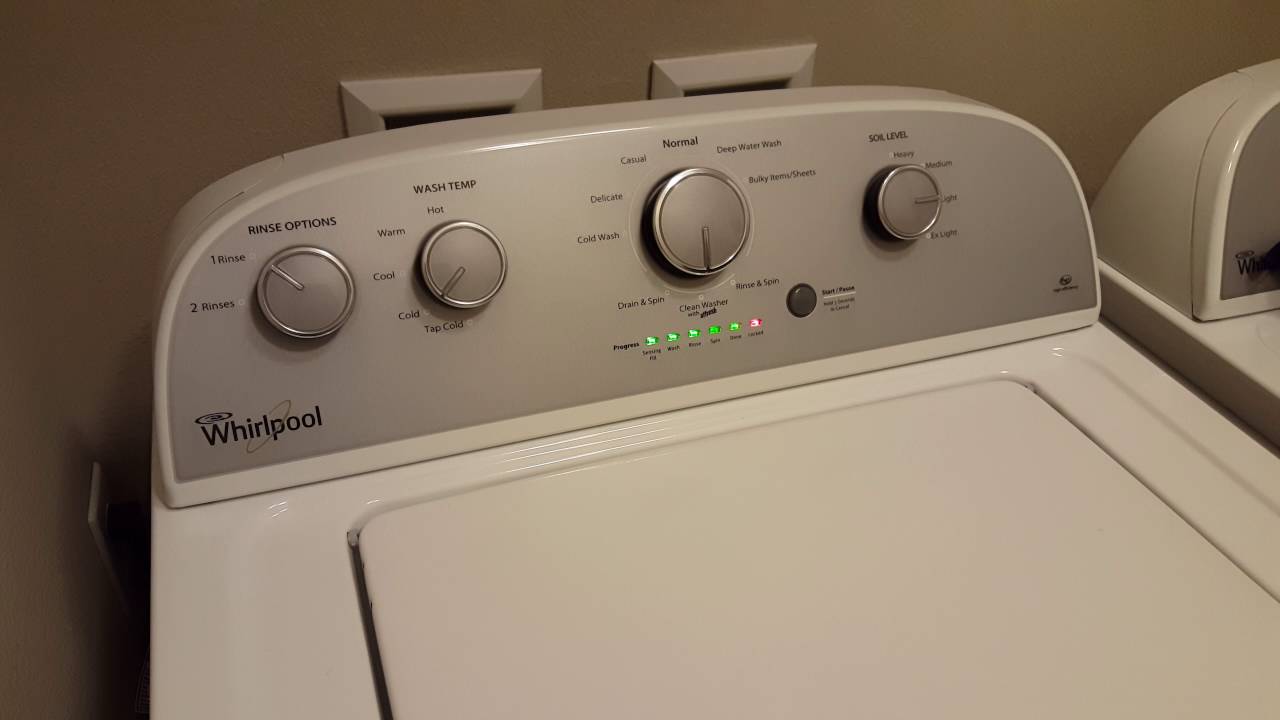
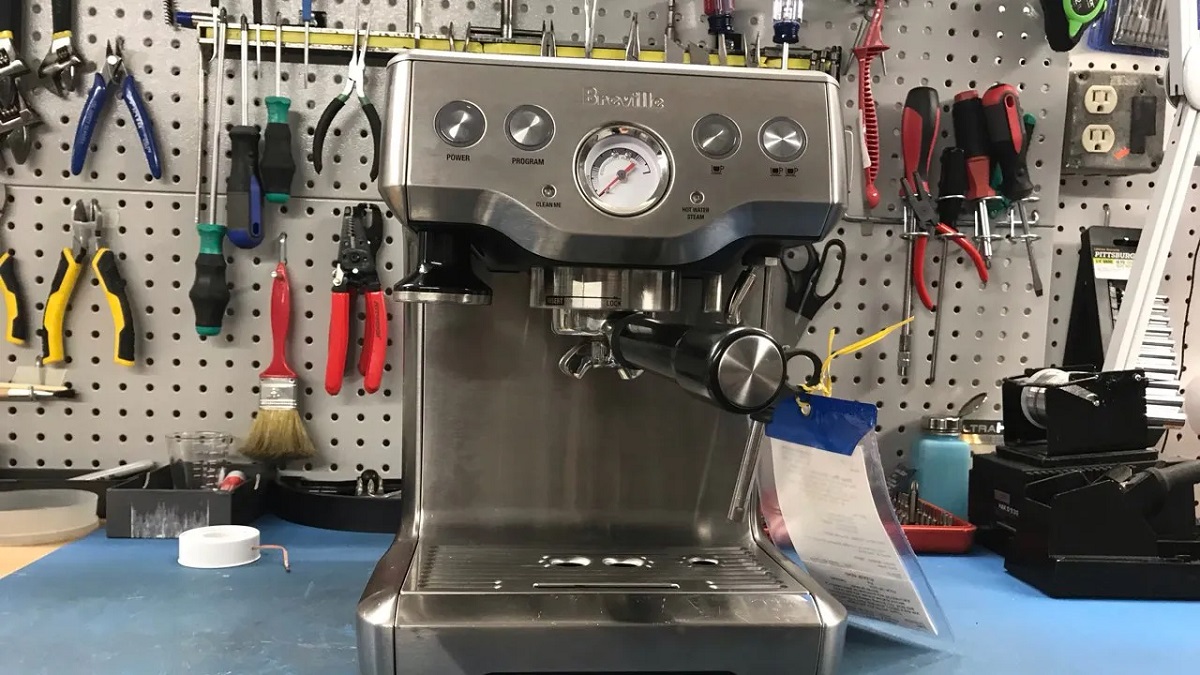
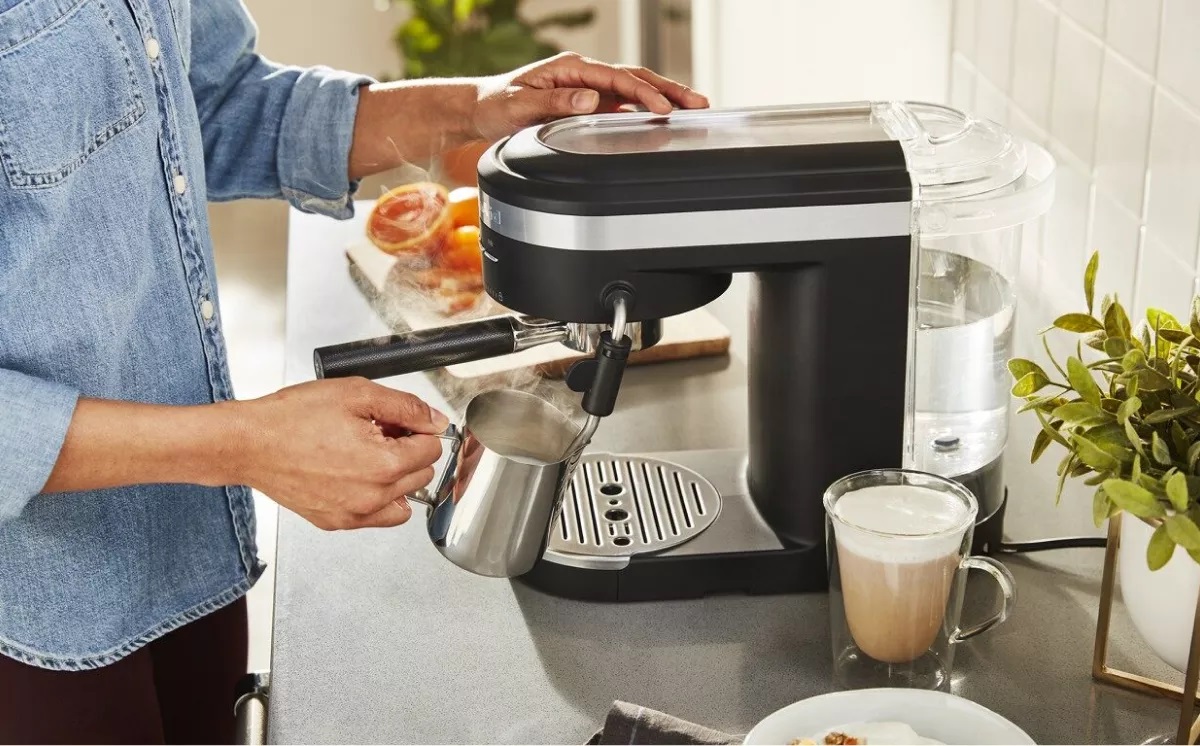
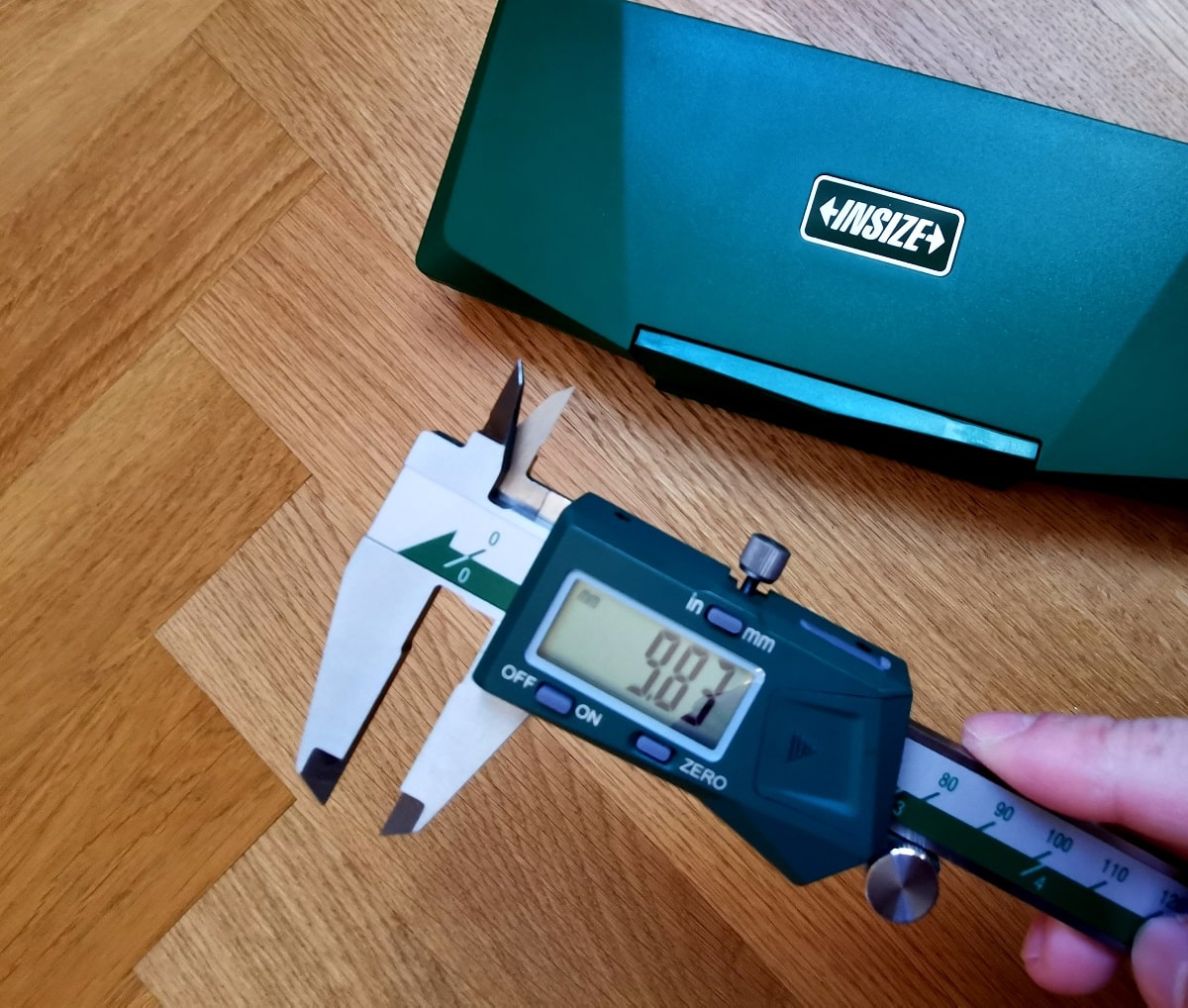
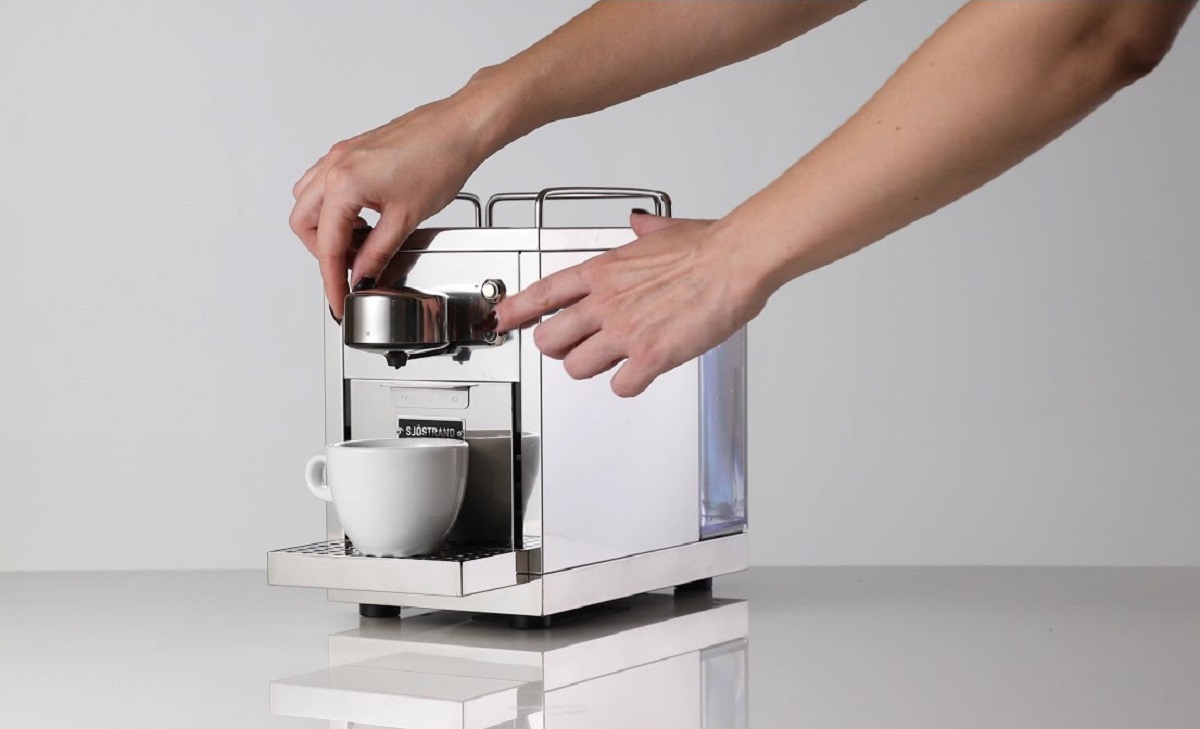
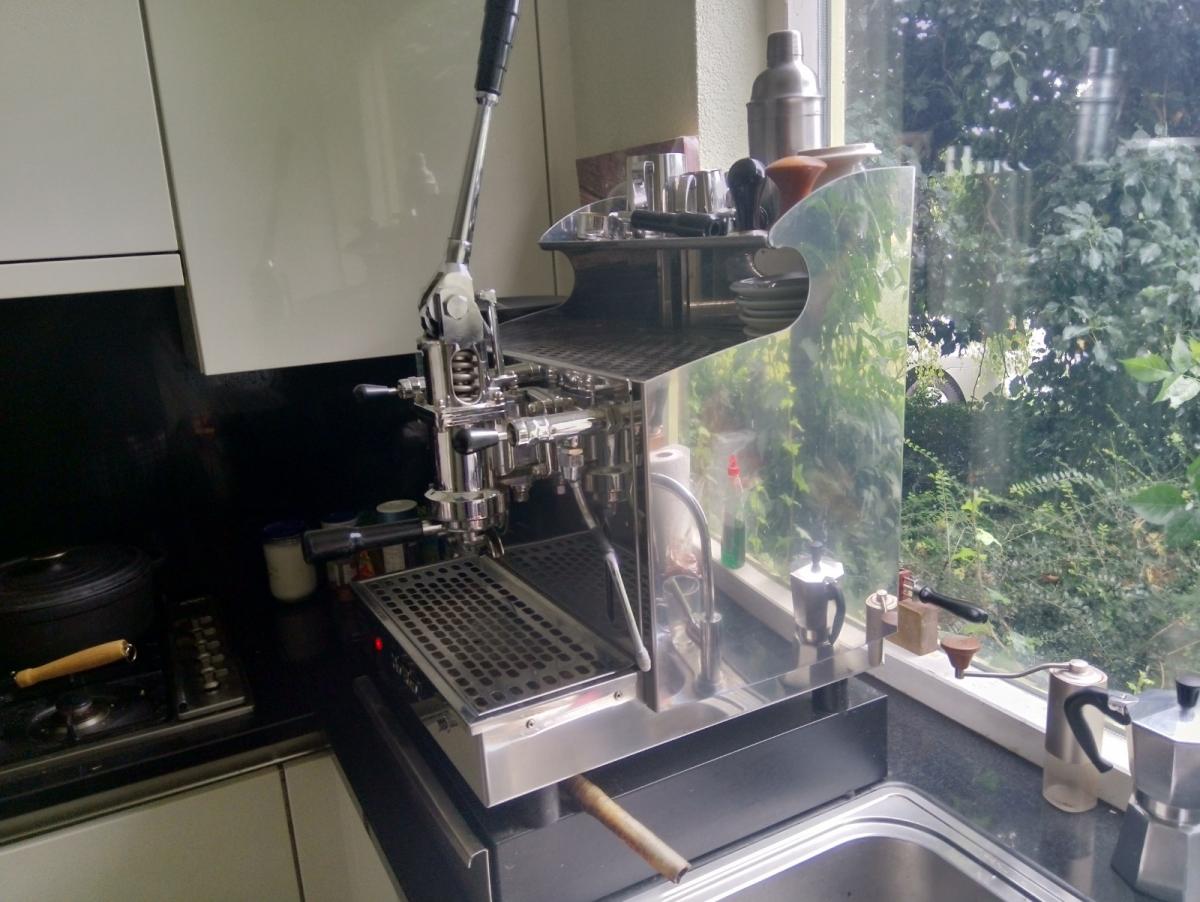
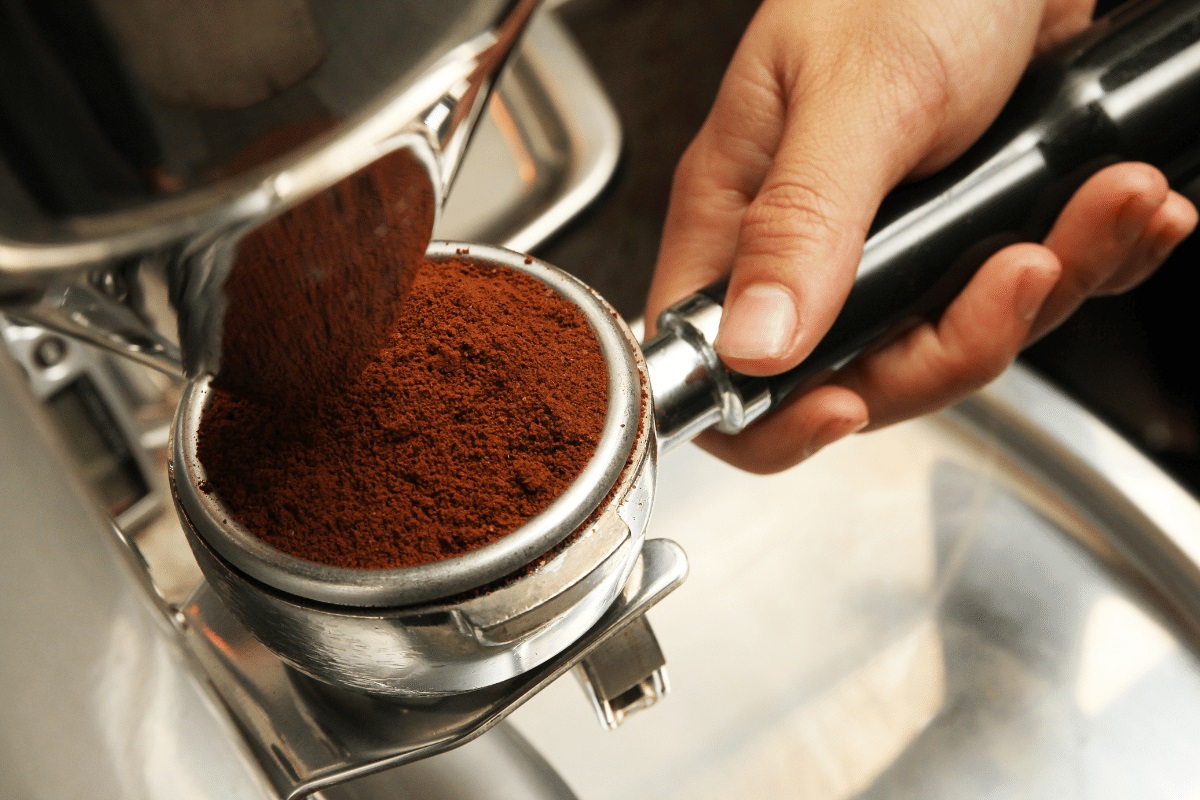
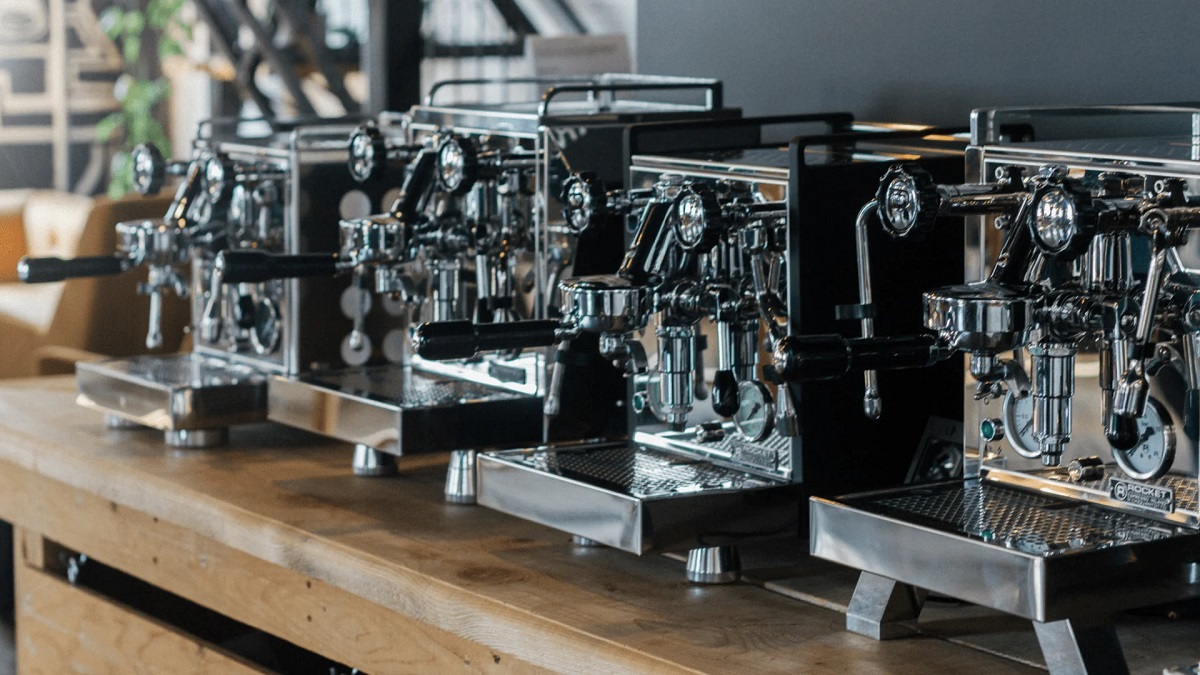
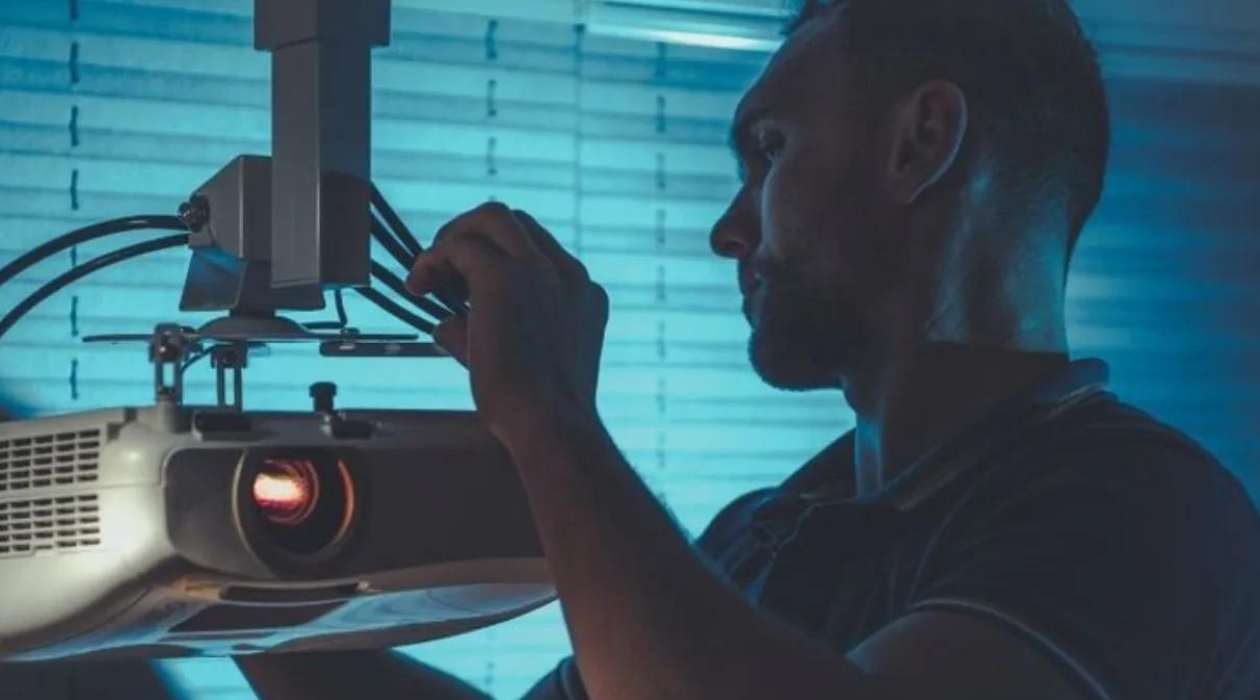
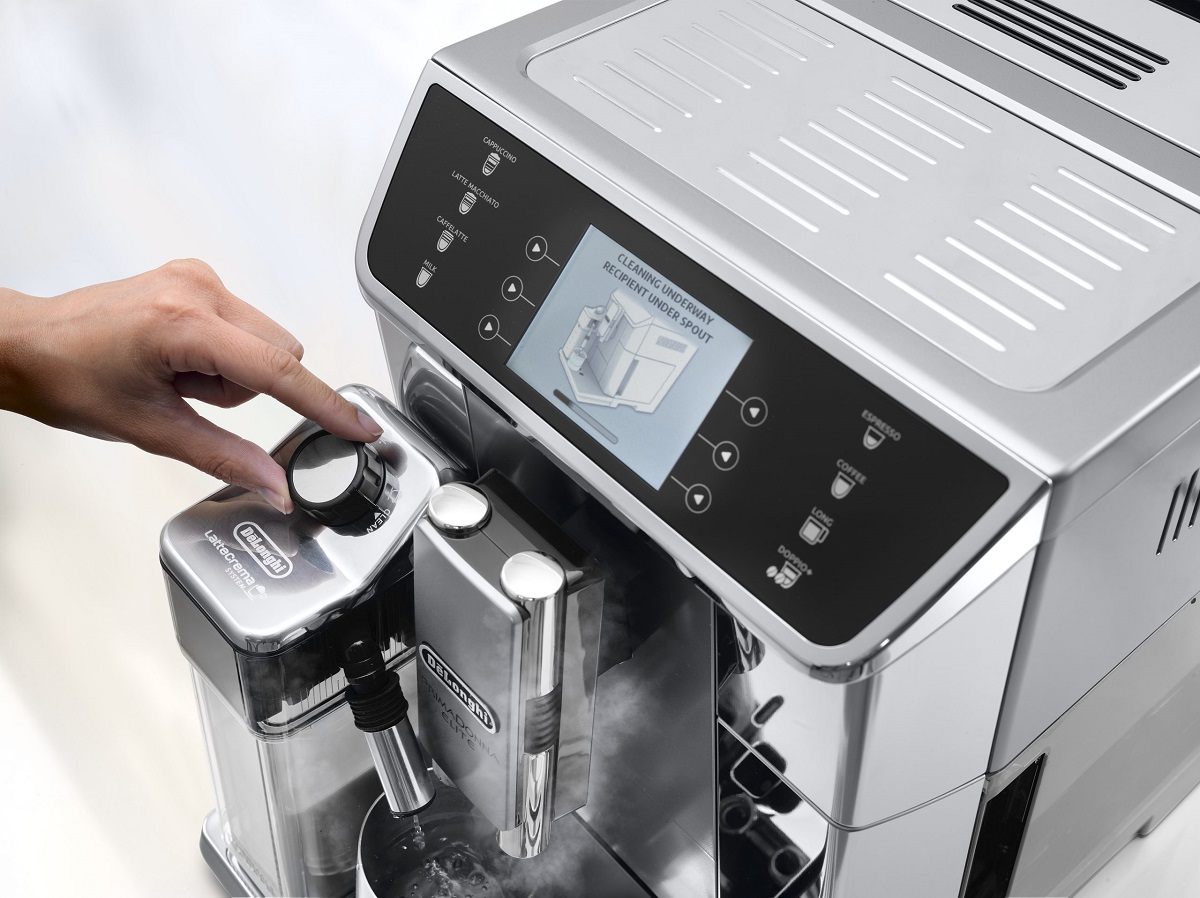
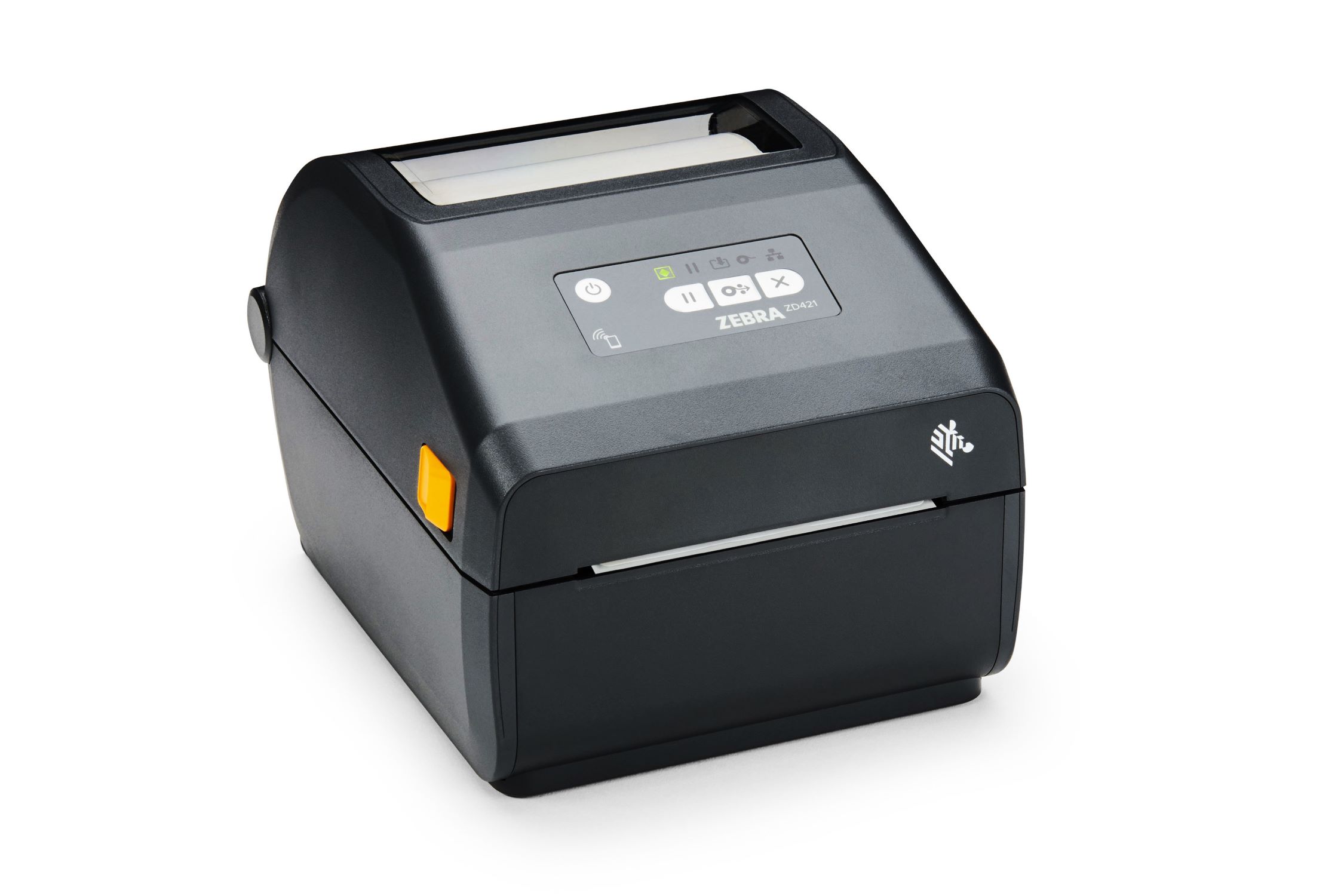
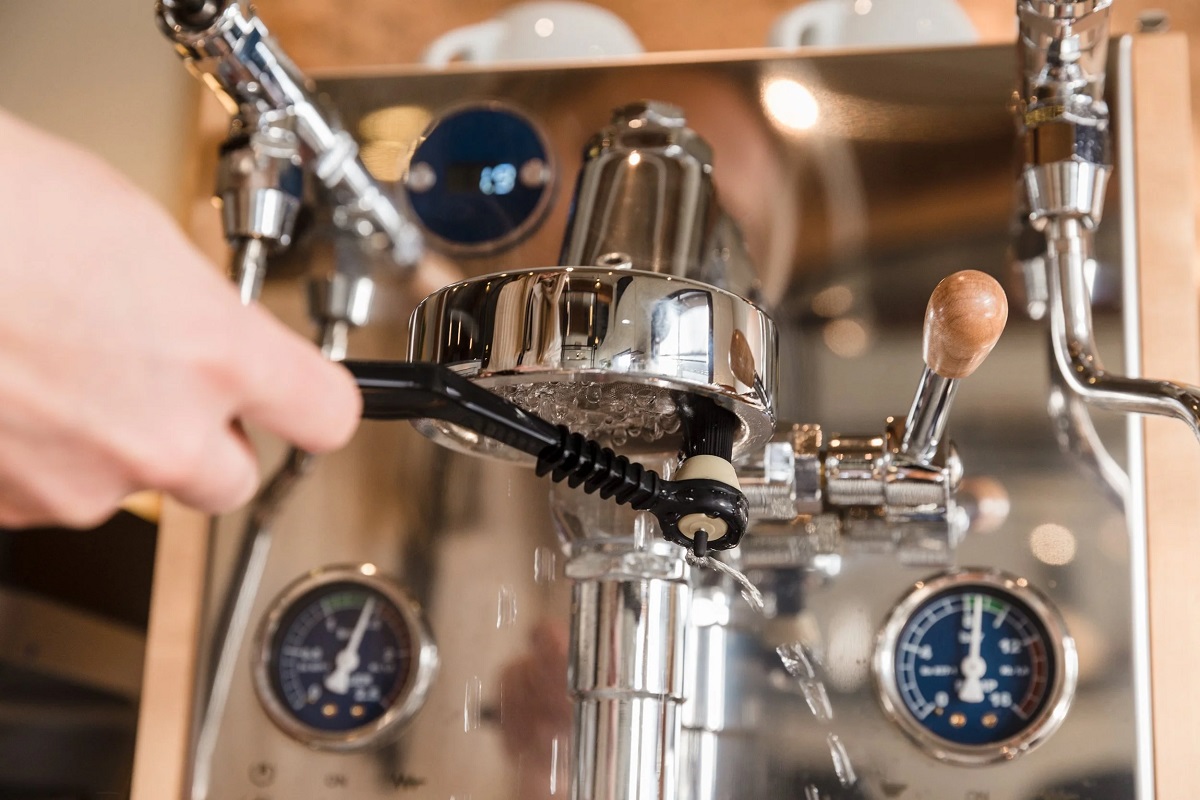
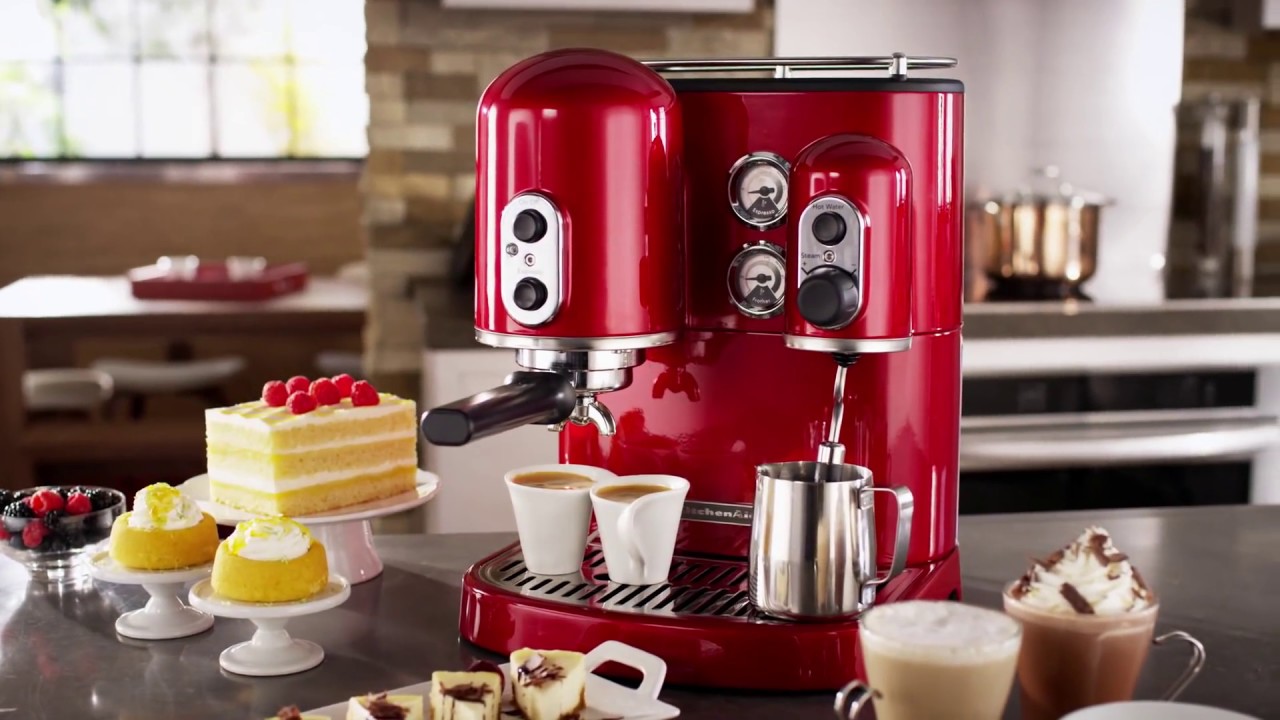
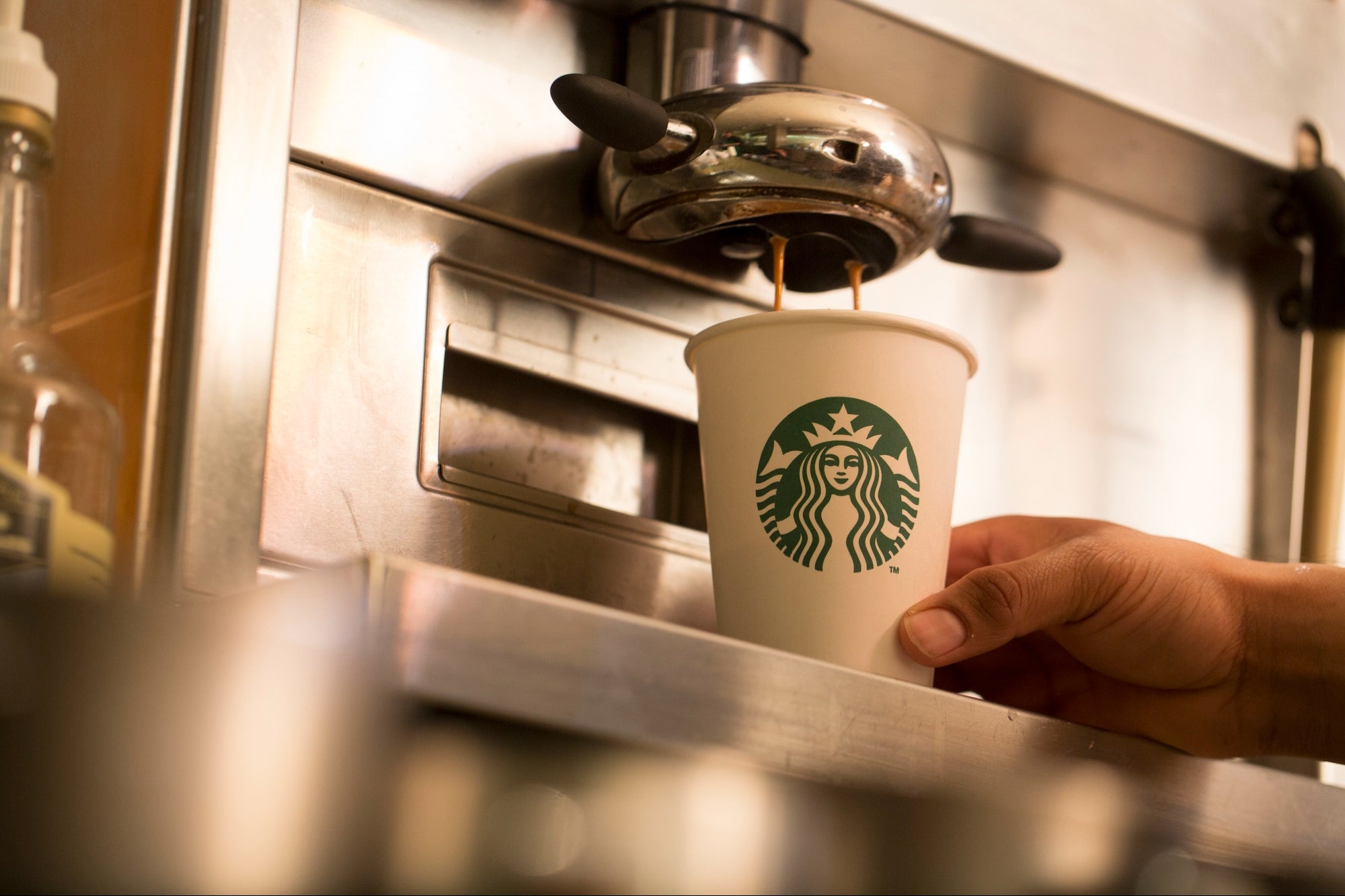

0 thoughts on “How To Calibrate An Espresso Machine”